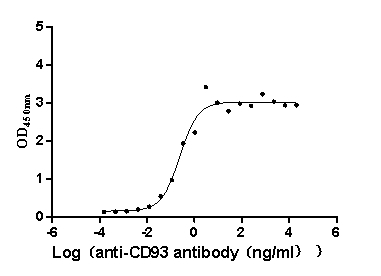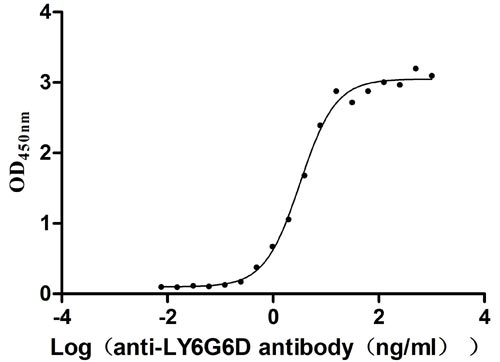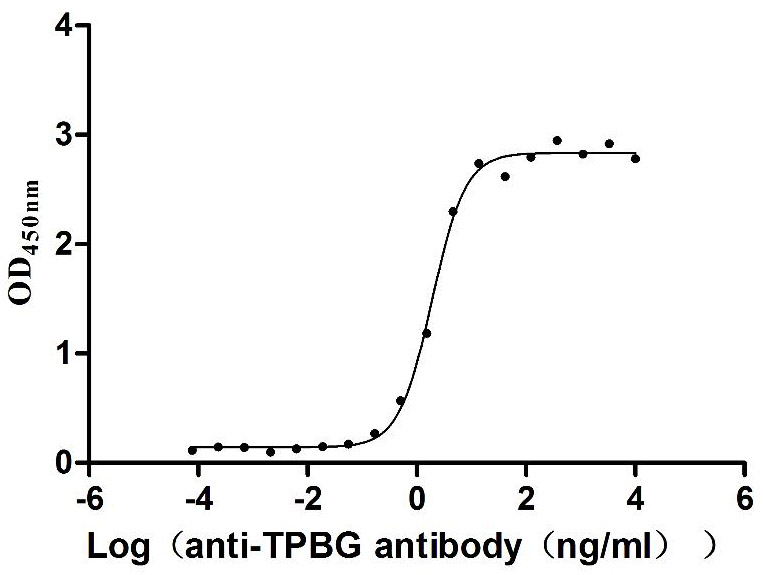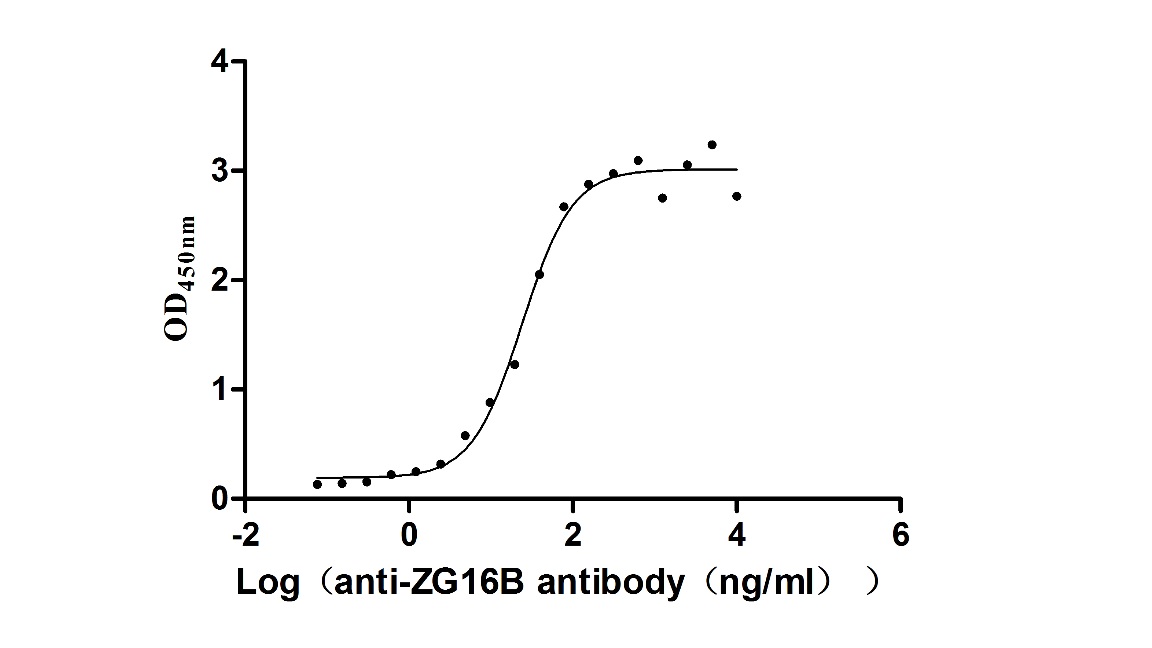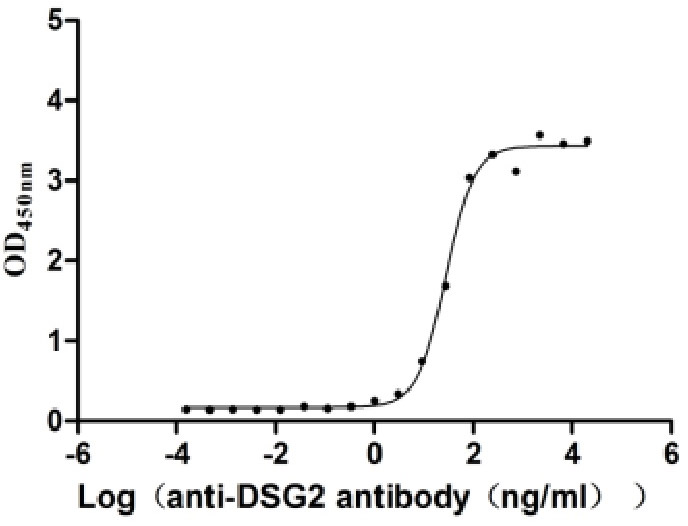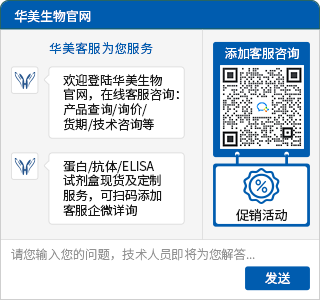Recombinant Human LIM and senescent cell antigen-like-containing domain protein 2 (LIMS2)
-
中文名称:人LIMS2重组蛋白
-
货号:CSB-YP770349HU
-
规格:
-
来源:Yeast
-
其他:
-
中文名称:人LIMS2重组蛋白
-
货号:CSB-EP770349HU
-
规格:
-
来源:E.coli
-
其他:
-
中文名称:人LIMS2重组蛋白
-
货号:CSB-EP770349HU-B
-
规格:
-
来源:E.coli
-
共轭:Avi-tag Biotinylated
E. coli biotin ligase (BirA) is highly specific in covalently attaching biotin to the 15 amino acid AviTag peptide. This recombinant protein was biotinylated in vivo by AviTag-BirA technology, which method is BriA catalyzes amide linkage between the biotin and the specific lysine of the AviTag.
-
其他:
-
中文名称:人LIMS2重组蛋白
-
货号:CSB-BP770349HU
-
规格:
-
来源:Baculovirus
-
其他:
-
中文名称:人LIMS2重组蛋白
-
货号:CSB-MP770349HU
-
规格:
-
来源:Mammalian cell
-
其他:
产品详情
-
纯度:>85% (SDS-PAGE)
-
基因名:LIMS2
-
Uniprot No.:
-
别名:FLJ10044; ILK binding protein; LIM and senescent cell antigen like domains 2; LIM and senescent cell antigen-like-containing domain protein 2; LIM-like protein 2; LIMS2; LIMS2_HUMAN; Particularly interesting new Cys-His protein 2; PINCH 2; PINCH-2; PINCH2
-
种属:Homo sapiens (Human)
-
蛋白长度:full length protein
-
表达区域:1-341
-
氨基酸序列MTGSNMSDAL ANAVCQRCQA RFSPAERIVN SNGELYHEHC FVCAQCFRPF PEGLFYEFEG RKYCEHDFQM LFAPCCGSCG EFIIGRVIKA MNNNWHPGCF RCELCDVELA DLGFVKNAGR HLCRPCHNRE KAKGLGKYIC QRCHLVIDEQ PLMFRSDAYH PDHFNCTHCG KELTAEAREL KGELYCLPCH DKMGVPICGA CRRPIEGRVV NALGKQWHVE HFVCAKCEKP FLGHRHYEKK GLAYCETHYN QLFGDVCYNC SHVIEGDVVS ALNKAWCVSC FSCSTCNSKL TLKNKFVEFD MKPVCKRCYE KFPLELKKRL KKLSELTSRK AQPKATDLNS A
-
蛋白标签:Tag type will be determined during the manufacturing process.
The tag type will be determined during production process. If you have specified tag type, please tell us and we will develop the specified tag preferentially. -
产品提供形式:Lyophilized powder
Note: We will preferentially ship the format that we have in stock, however, if you have any special requirement for the format, please remark your requirement when placing the order, we will prepare according to your demand. -
复溶:We recommend that this vial be briefly centrifuged prior to opening to bring the contents to the bottom. Please reconstitute protein in deionized sterile water to a concentration of 0.1-1.0 mg/mL.We recommend to add 5-50% of glycerol (final concentration) and aliquot for long-term storage at -20℃/-80℃. Our default final concentration of glycerol is 50%. Customers could use it as reference.
-
储存条件:Store at -20°C/-80°C upon receipt, aliquoting is necessary for mutiple use. Avoid repeated freeze-thaw cycles.
-
保质期:The shelf life is related to many factors, storage state, buffer ingredients, storage temperature and the stability of the protein itself.
Generally, the shelf life of liquid form is 6 months at -20°C/-80°C. The shelf life of lyophilized form is 12 months at -20°C/-80°C. -
货期:Delivery time may differ from different purchasing way or location, please kindly consult your local distributors for specific delivery time.Note: All of our proteins are default shipped with normal blue ice packs, if you request to ship with dry ice, please communicate with us in advance and extra fees will be charged.
-
注意事项:Repeated freezing and thawing is not recommended. Store working aliquots at 4°C for up to one week.
-
Datasheet :Please contact us to get it.
靶点详情
-
功能:Adapter protein in a cytoplasmic complex linking beta-integrins to the actin cytoskeleton, bridges the complex to cell surface receptor tyrosine kinases and growth factor receptors. Plays a role in modulating cell spreading and migration.
-
基因功能参考文献:
- Mammalian cells have two functional PINCH proteins, PINCH1 and PINCH2. PINCH not only binds to Nck2 and engages in the signaling of growth factor receptors, but also forms a ternary complex with ILK and parvin (IPP complex). PMID: 27590440
- Data indicate compound heterozygous missense mutations that are predicted to be pathogenic in LIM and senescent cell antigen-like domains 2 protein (LIMS2). PMID: 25589244
- Results defined the functional role of copy number variations involving PINCH-2 in cancer progression based on the field cancerization effect; cell migration and invasion through autocrine and paracrine function as part of the field cancerization effect. PMID: 25346044
- PINCH-2 mRNA is overexpressed in malignant mesothelioma PMID: 20500520
- These results identify a novel nuclear and focal adhesion protein that associates with ILK and reveals an important role of PINCH-2 in the regulation of the PINCH-1-ILK interaction, cell shape change, and migration. PMID: 12167643
- LIMS2 may be useful as a molecular biomarker and a therapeutic target by increasing its expression and activity in gastric cancer PMID: 16959213
显示更多
收起更多
-
相关疾病:Limb-girdle muscular dystrophy 2W (LGMD2W)
-
亚细胞定位:Nucleus. Cell junction, focal adhesion. Cell membrane; Peripheral membrane protein; Cytoplasmic side.
-
数据库链接:
HGNC: 16084
OMIM: 607908
KEGG: hsa:55679
STRING: 9606.ENSP00000326888
UniGene: Hs.469881
Most popular with customers
-
Recombinant Human G-protein coupled receptor family C group 5 member D (GPRC5D)-VLPs (Active)
Express system: Mammalian cell
Species: Homo sapiens (Human)
-
Recombinant Human Epithelial discoidin domain-containing receptor 1 (DDR1), partial (Active)
Express system: Mammalian cell
Species: Homo sapiens (Human)
-
Recombinant Human Claudin-6 (CLDN6)-VLPs (Active)
Express system: Mammalian cell
Species: Homo sapiens (Human)
-
Recombinant Macaca fascicularis CD93 molecule (CD93), partial (Active)
Express system: Mammalian cell
Species: Macaca fascicularis (Crab-eating macaque) (Cynomolgus monkey)
-
Recombinant Human Lymphocyte antigen 6 complex locus protein G6d (LY6G6D) (Active)
Express system: Yeast
Species: Homo sapiens (Human)
-
Recombinant Macaca fascicularis Trophoblast glycoprotein (TPBG), partial (Active)
Express system: Mammalian cell
Species: Macaca fascicularis (Crab-eating macaque) (Cynomolgus monkey)
-
Recombinant Macaca fascicularis zymogen granule protein 16 homolog B (ZG16B) (Active)
Express system: Mammalian cell
Species: Macaca fascicularis (Crab-eating macaque) (Cynomolgus monkey)
-
Recombinant Human Desmoglein-2 (DSG2), partial (Active)
Express system: Mammalian cell
Species: Homo sapiens (Human)


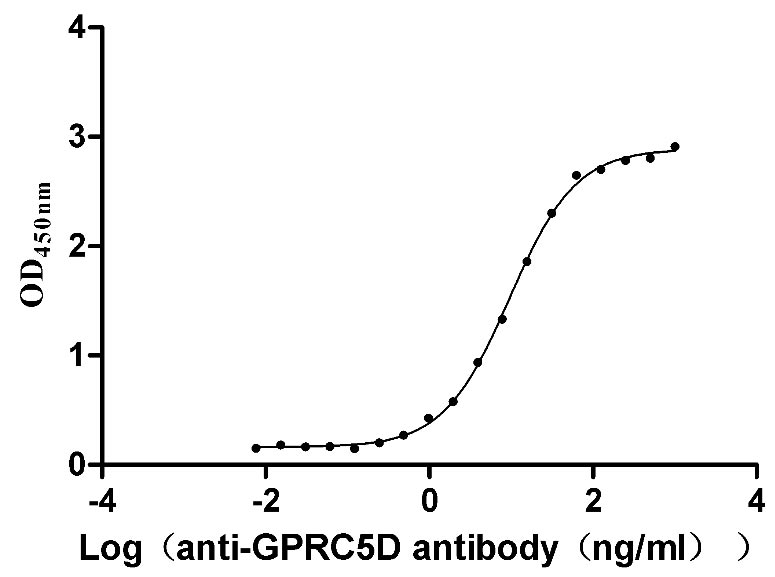

-AC1.jpg)
